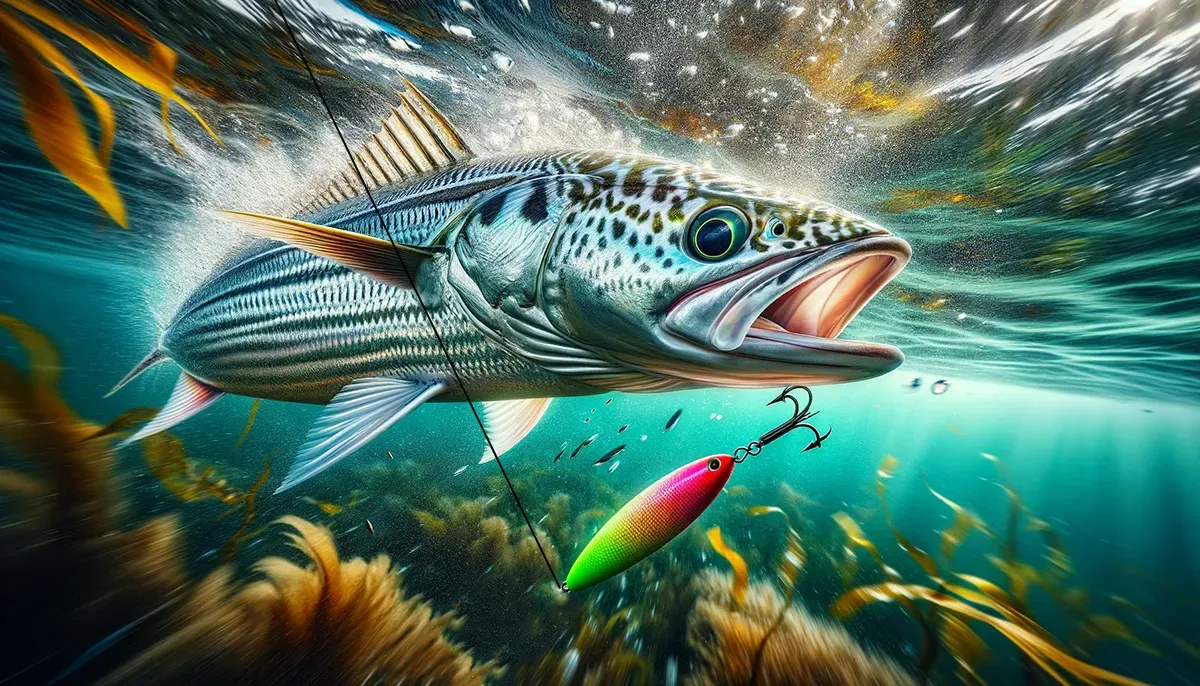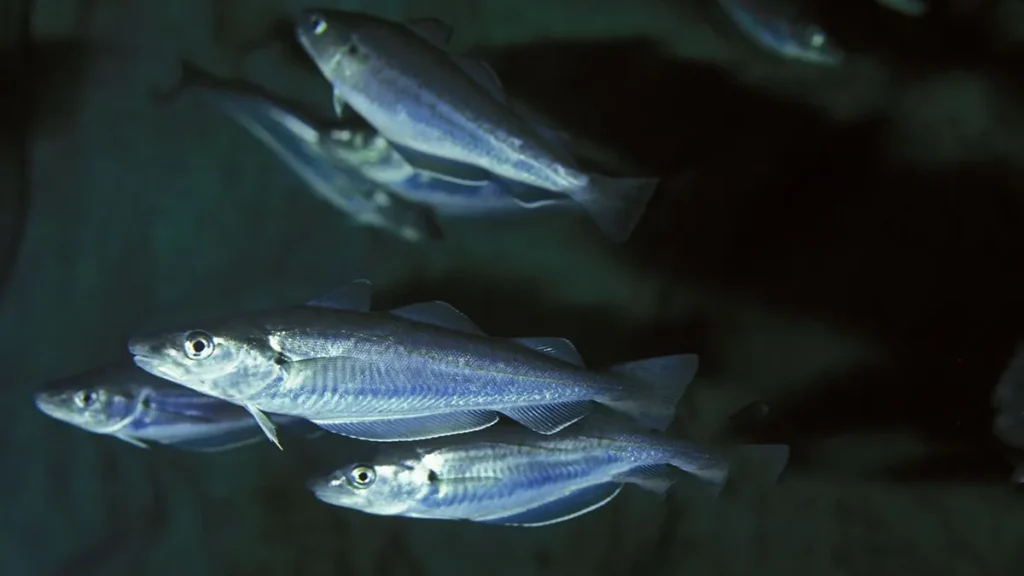
Hey there, mate! So, you’re interested in fishing for whiting? You’ve come to the right place! Here in Australia, whiting fishing isn’t just a pastime; it’s an experience that’s both thrilling and rewarding. Whether you’re just dipping your toes into the fishing world or an experienced angler looking to up your game, this guide is your go-to resource on ‘how to catch whiting.’ We’re keeping it straightforward, easy to understand, and chock-full of useful tips.
Before we jump into the nitty-gritty of fishing, let’s talk tackle. Over at our shop, ReelBoss, we’ve got the goods to make your fishing trip a smashing success. Especially when it comes to braided and fluorocarbon leaders, we’ve got the best of the best. Have a squiz at our selection at ReelBoss – the right gear can be a game-changer in your fishing journey!
Alrighty, grab your gear and let’s get cracking on this exciting adventure of fishing. Together, we’re going to uncover all the tips and tricks you need. Let’s reel in some fun!
Knowing Your Fish: Whiting 101
In the world of Aussie fishing, whiting is the real catch, known for its slender, shimmering silver appearance. These beauties prefer the sandy or muddy bottoms of estuaries and bays, making them a popular target along our coasts. Understanding their habits – like feeding near the bottom and being more active at certain times – is crucial for successful fishing. It’s about matching your techniques with their natural behavior, which can significantly increase your chances of a great catch. Armed with this knowledge, you’re well on your way to becoming a whiting fishing pro!
Best Times and Locations for Catching Whiting
Alright, now that we’re clued up on whiting, let’s delve into the best way to catch the fish. It’s all about timing and picking the right spot.
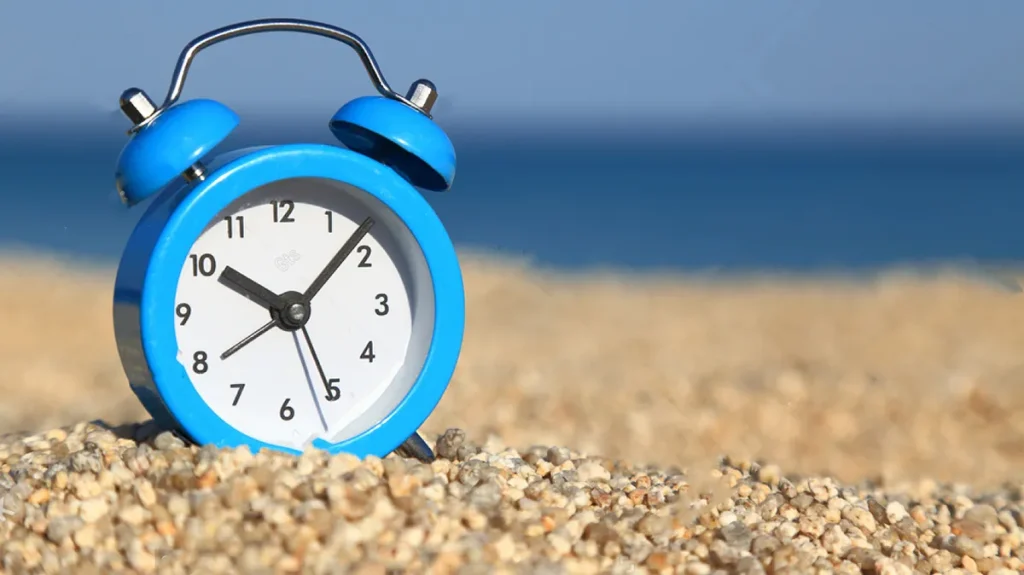
When to Cast Your Line: Ideal Seasons and Times
When we talk about the ideal time for whiting fishing, think warm. Summer and spring are your go-to seasons. During these months, early morning or late afternoon are your golden hours. Why? Well, this is when the fish is most actively scouting for a feed. It’s their dining time, and your bait is on the menu! But here’s a tip: don’t overlook the cooler months. The fish can still be caught, and the competition is less, giving you more peace on the water.
Where to Drop Your Hook: Prime Australian Locations
Australia’s coastline is a treasure trove of whiting spots. Each state boasts its gems. Down in Victoria, Port Phillip Bay and Western Port are renowned for their whiting. Move up to New South Wales, and Lake Macquarie and Botany Bay are the hotspots. For South Australians, the shallow, sandy waters of Gulf St Vincent are almost synonymous with whiting. Remember, the fish has a soft spot for sandy bottoms, so those are the areas you want to target. Each location offers its unique fishing experience, adding to the thrill of the chase!
With the knowledge of when and where to fish, you’re halfway there. But what about the tools of the trade? Up next, we’re talking gear and bait – the essentials that could make your next whiting fishing trip a resounding success. Stay tuned as we gear up with the right stuff!
Gear and Bait Essentials
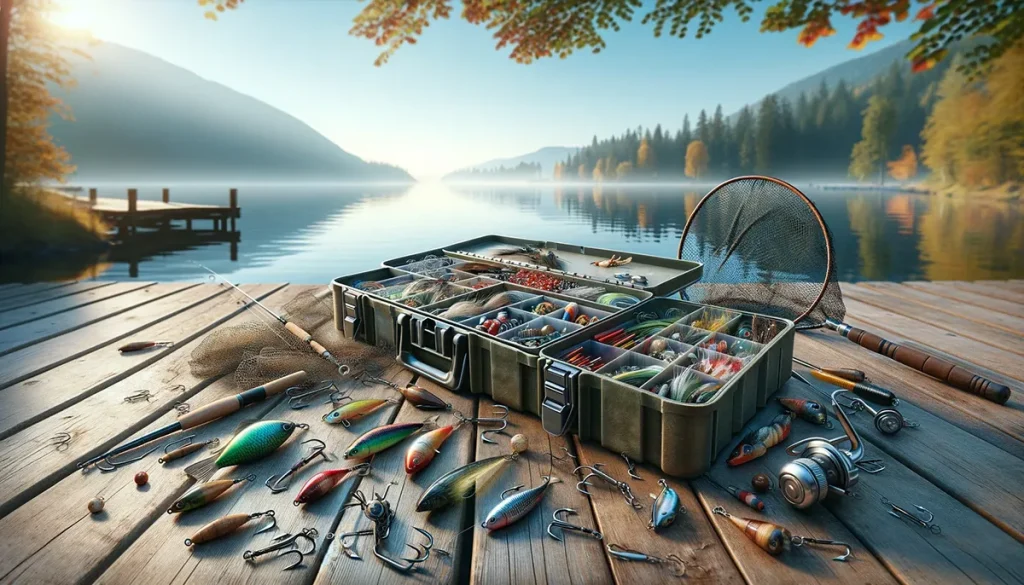
So, you’re all clued up on when and where to hunt for whiting. Next up, let’s sort out your gear and figure out the best bait for whiting to ensure your fishing trip is a hit.
Choosing Your Gear: Rods, Reels, and Lines
When it comes to your fishing gear, could you keep it simple but effective? A light to medium rod works best for the fish, and you’ll want a reel that’s reliable and smooth. Now, for the line – this is where you can make a difference. Over at ReelBoss, we’ve got top-notch braided fishing lines that are just perfect for feeling those subtle whiting nibbles. Plus, don’t forget to pair it with our fluorocarbon leaders. They’re nearly invisible underwater, so those wary fishes won’t be spooked. This combo of braided line and fluorocarbon leader from ReelBoss not only enhances your sensitivity to bites but also ensures durability and strength.
The Bait Game: What’s the Best Bait for Whiting?
Alright, onto the main event – the bait. Live bait like bloodworms, sandworms, or small shrimp pieces is like a whiting magnet. They love it! But if you’re a fan of lures, soft plastics that mimic these natural baits can be super effective. Just remember, these fishes tend to feed near the bottom, so get your bait or lure down there where they’re most likely to be hanging out.
With your gear sorted and your bait ready, you’re almost set to go. But there’s more to catching these fishes than just throwing in a line. Up next, we’re diving into the most effective whiting fishing techniques. Stick around to turn your fishing trip into a memorable catch-fest.
Effective Whiting Fishing Techniques
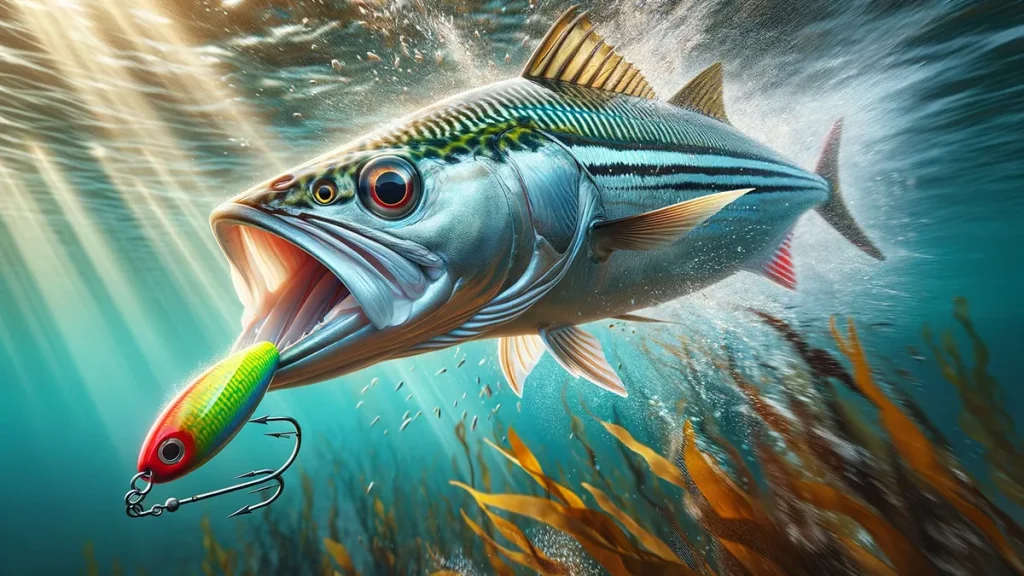
Gear? Check. Bait? Check. Now, let’s chat about the best whiting rig and techniques to reel in these beauties. It’s all about using the right approach and understanding the water.
Mastering the Best Whiting Rig
Setting up the best whiting rig isn’t rocket science, but it’s crucial. Start with a basic running sinker rig. This setup involves a sinker sliding above the hook, giving whiting the freedom to nibble without sensing too much resistance. Attach a small swivel to prevent line twists and use a long, light leader to your hook. This setup, perfect for our ReelBoss lines and leaders, is a winner for these fishes. It’s sensitive enough to feel the lightest of bites, yet strong enough to handle their fight.
Tips for Bait Placement and Reading Water Conditions
Now, for placing your bait and reading the water. Cast your line where the water is calm but near active areas – like channels or gutters on a beach. These fishes love these transition zones. When it comes to bait placement, remember, whiting feed near the bottom. So, make sure your bait is right down there. Keep an eye on the tide too; an incoming tide can be a prime time, bringing the fish in closer to shore and into shallower waters.
Alright, you’re almost a whiting expert now. But there’s more to fishing than just the catch. Up next, we’re talking about handling and sustainability. Because as much as we love fishing, we love our oceans and their inhabitants even more. Let’s dive into how to enjoy our hobby responsibly.
Handling and Sustainability
After mastering the techniques and the best rigs for these fishes, it’s time to talk about something just as important – handling your catch with care and practicing sustainable fishing. It’s all about respecting the fish and the environment.
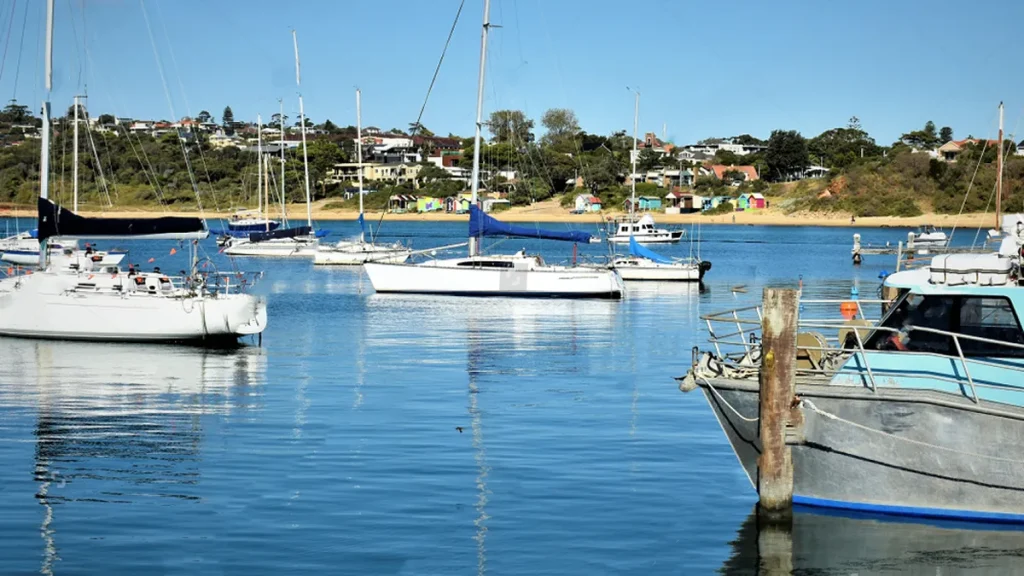
Handling Whiting: The Catch-and-Release Way
When it comes to handling these fishes, especially if you’re into catch-and-release, gentle is the way to go. Use wet hands when handling the fish to protect their delicate slime coat. If you’re unhooking them, do it swiftly and carefully. For those beauties you plan to release, keep them in the water as much as possible. This helps reduce stress and increases their chance of survival once they’re back swimming freely.
Sustainable Fishing: Our Responsibility
Sustainable fishing isn’t just a concept; it’s our duty as anglers. It’s about ensuring that we leave plenty of fish in the water for future generations. Stick to bag limits and size regulations – they’re there for a reason. Be mindful of the habitats you’re fishing in. Avoid disrupting the ecosystem and always clean up your fishing spot. Remember, every small action contributes to a bigger impact on our environment.
And there you have it – from rigging up to releasing your catch responsibly. Next up, let’s wrap things up in our conclusion. We’ll recap what we’ve learned and how you can continue to enjoy and share the awesome experience of fishing for whiting. Stay hooked!
Conclusion
And just like that, you’re now equipped with the know-how on how to catch whiting, one of Australia’s most cherished fishing experiences. Let’s quickly reel in the key points we’ve covered:
Understanding Whiting: Getting to know these slender, silver beauties – their habitats and habits – is your first step towards a successful catch.
Timing and Location: Remember, the best times are during the warmer months, early morning or late afternoon, and Australia’s coasts are dotted with whiting hotspots.
Gear and Bait: A light to medium rod, a smooth reel, and a combination of ReelBoss braided line and fluorocarbon leader is your go-to setup. For bait, live options like bloodworms or sandworms are irresistible to whiting.
Best Whiting Rig and Techniques: The running sinker rig is a winner, and placing your bait where the whiting feed (near the bottom) is key.
Handling and Sustainability: Handle your catch with care, especially if you’re practicing catch-and-release, and always fish sustainably to protect our waterways and fish populations.
Now, it’s over to you! Whether you’re a seasoned angler or just starting, we’d love to hear your whiting stories and tips. And if you’re gearing up for your next trip, don’t forget to swing by our e-commerce store at ReelBoss for all your fishing needs. Let’s keep sharing, learning, and most importantly, enjoying the wonderful world of fishing for whiting.
Happy fishing, mates!
